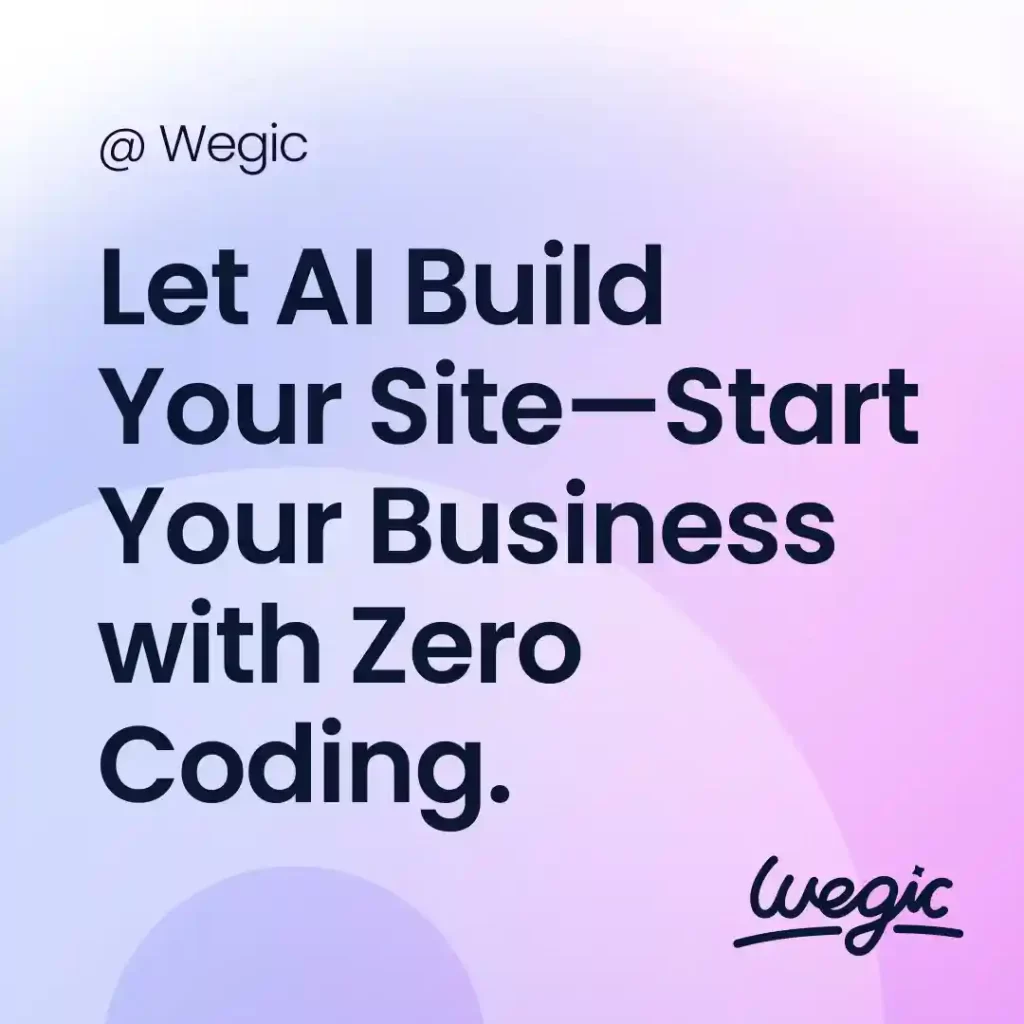Evolution of Logos Quick Guide
Choosing the right web hosting provider is a crucial decision when it comes to creating and maintaining a successful website. With so many options available in the market, it can be overwhelming to find the best provider that suits your needs. In this article, we will discuss the importance of choosing a reliable web hosting provider and the key factors to consider when making your decision.
The evolution of logos is a fascinating journey that spans centuries and encompasses numerous styles, trends, and technological advancements. From ancient hieroglyphics to modern digital age branding, logos have played a pivotal role in communicating the identity and values of businesses, organizations, and even individuals. In this article, we will delve into the history of logos and examine how they have evolved over time to become the powerful branding tools we know today.
The origins of logos can be traced back to ancient civilizations, where symbols and emblems were used to represent various deities, rulers, and organizations. For example, in ancient Egypt, hieroglyphics were used as a form of written communication and symbolism, with each symbol carrying its own meaning and significance. These early forms of logos served a dual purpose of both communication and identification, much like the logos we see today.
As civilizations and societies evolved, so too did the use of logos. In medieval Europe, guilds and trade organizations began using symbols and marks to identify their goods and services. These early logos were often simple and straightforward, designed to be easily recognizable and distinguishable from the competition. Over time, these logos became more complex and ornate, reflecting the growing importance of branding and marketing in the business world.
The industrial revolution of the 19th century brought about significant changes in the way logos were used and perceived. With the rise of mass production and consumerism, businesses began to rely more heavily on branding to differentiate their products from competitors. Logos became a key component of marketing strategies, with companies investing in the design and promotion of their brand identity. Iconic logos such as the Coca-Cola script, the Nike swoosh, and the Apple bitten apple were born during this era, setting a new standard for logo design and branding.
As technology advanced in the 20th century, so too did the evolution of logos. The invention of the printing press, television, and later the internet, revolutionized the way logos were created and distributed. Logos became more versatile and adaptable, designed to be easily replicated across various mediums and platforms. The rise of digital design tools allowed for greater creativity and innovation in logo design, leading to the emergence of more abstract and minimalist logos.
Today, logos are everywhere we look, from the products we buy to the websites we visit. They serve as powerful visual symbols that convey a brand’s identity, values, and personality. A well-designed logo can instantly communicate a company’s ethos and create a lasting impression on consumers. In a digital age where attention spans are short and competition is fierce, a strong logo is essential for standing out in a crowded marketplace.
The evolution of logos is a testament to the power of visual communication and branding. From ancient symbols and emblems to modern digital designs, logos have continually adapted to meet the changing needs and preferences of consumers. As we look towards the future, it is clear that logos will continue to play a crucial role in shaping the way we perceive and interact with brands.
In conclusion, the evolution of logos is a dynamic and ever-changing process that reflects the societal, technological, and cultural shifts of the times. From ancient hieroglyphics to modern digital designs, logos have played a pivotal role in identifying and promoting businesses, organizations, and individuals. As we move forward into an increasingly digital and globalized world, logos will continue to evolve and adapt to meet the demands of a fast-paced and competitive marketplace. The story of logos is a testament to the enduring power of visual communication and branding, and a reminder of the importance of a strong and memorable logo in today’s highly visual and interconnected world.
In conclusion, website accessibility is a crucial aspect of web development that should not be overlooked. Using a website accessibility checker can help you identify and fix accessibility issues on your site, ensuring that all users can access your content. By staying informed about accessibility guidelines and best practices, and regularly testing your website for accessibility, you can create a more inclusive online experience for all users.


